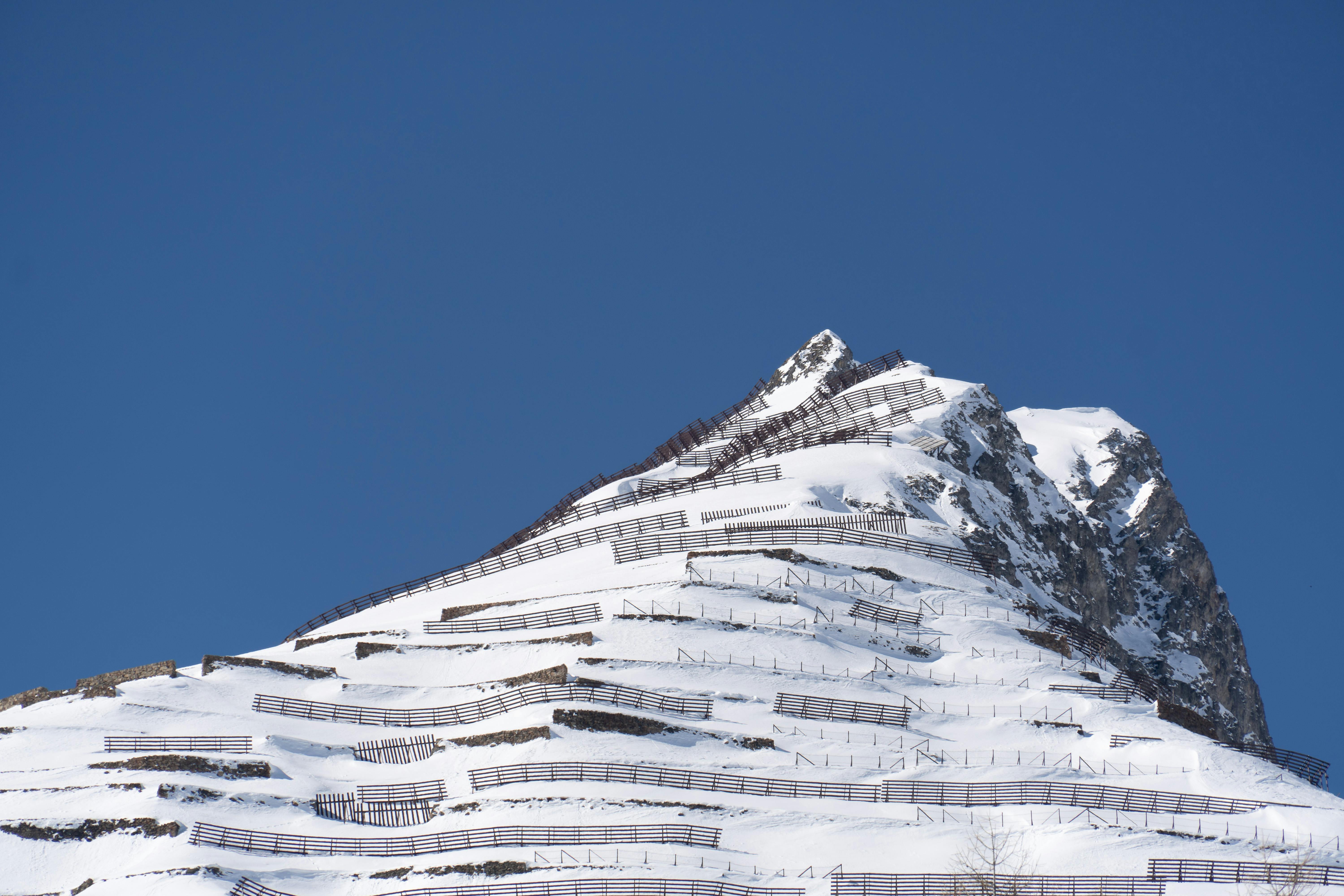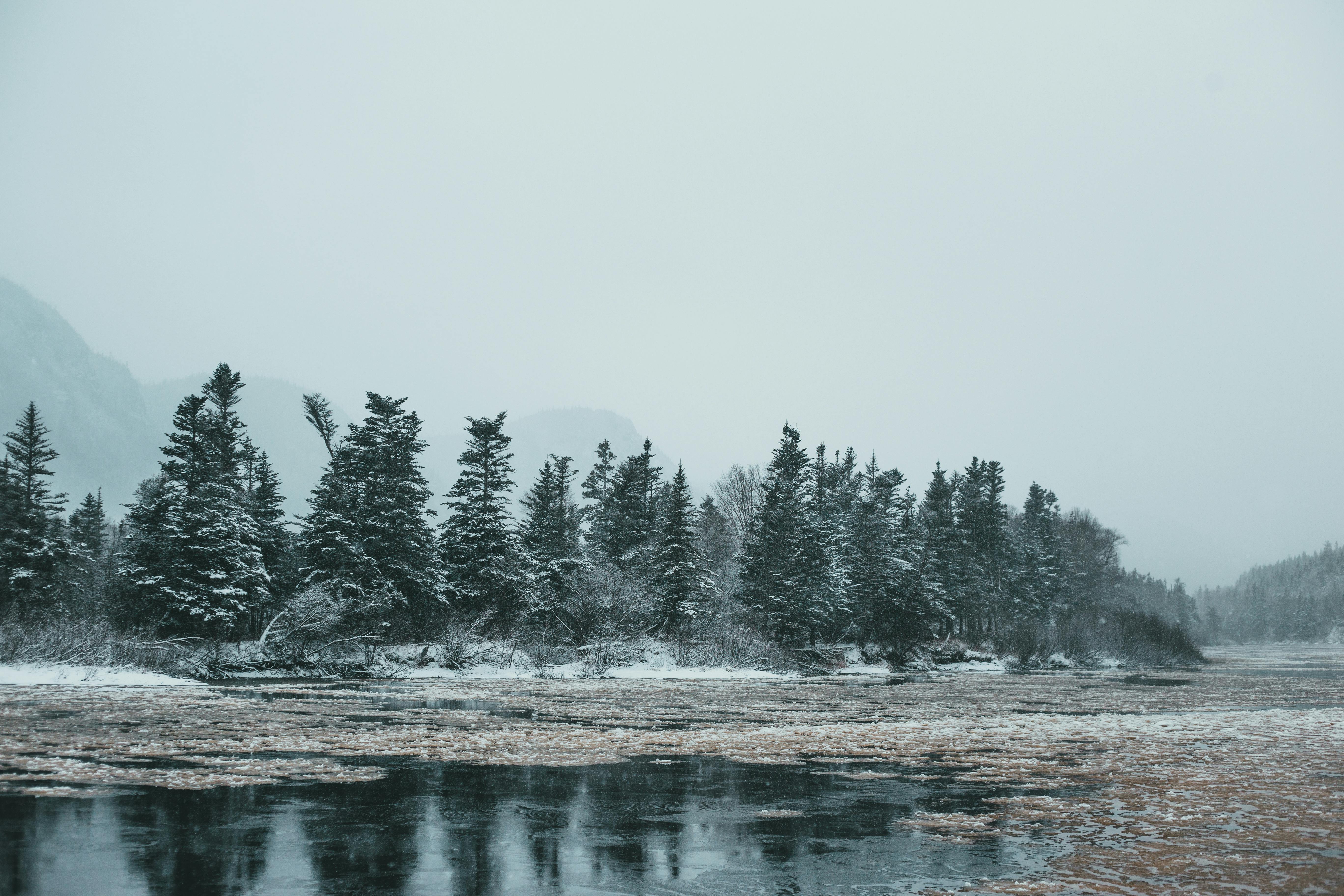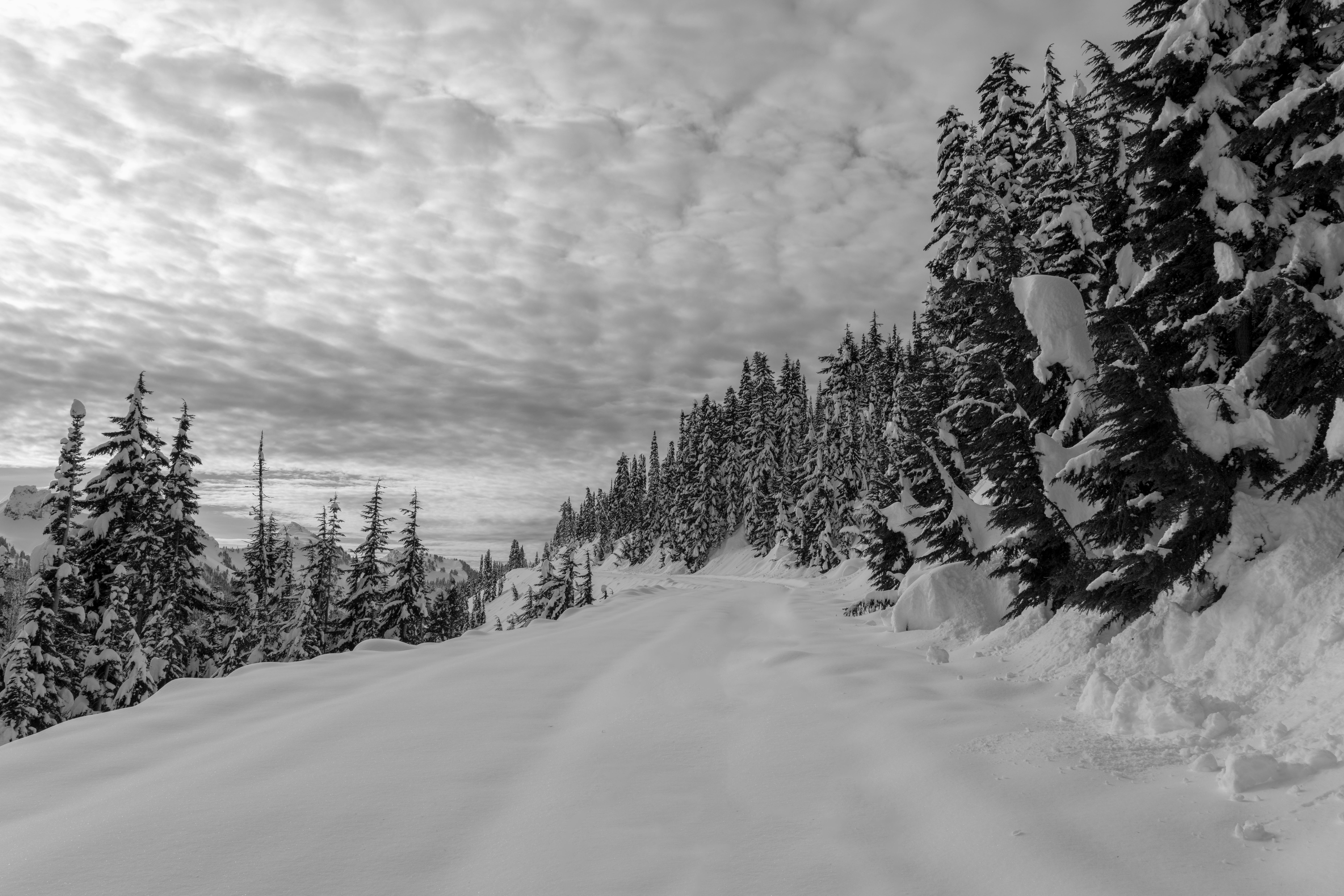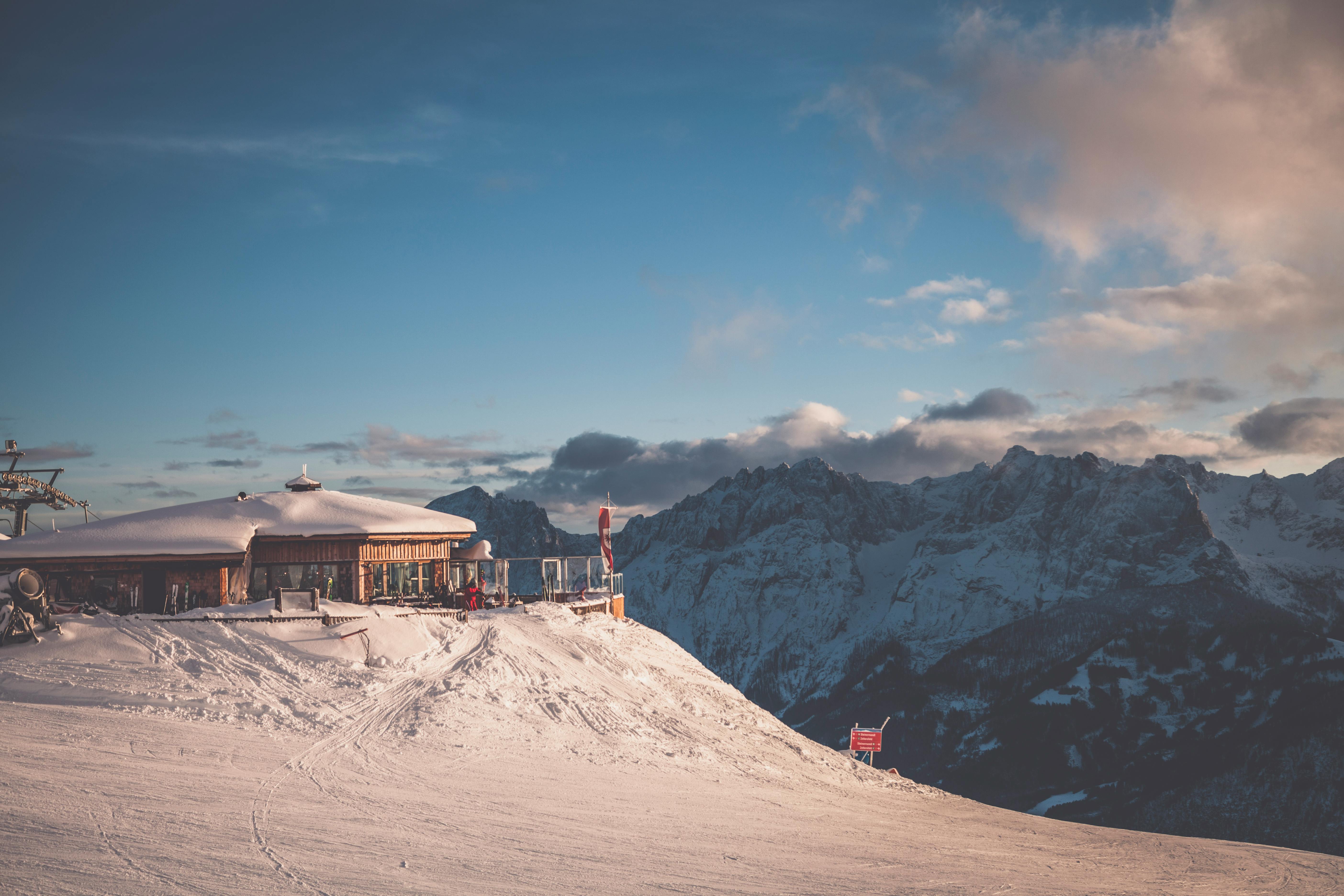7 Eye-Opening Truths About How Shorter Skis Affect Float in Powder (And What Your Prescription Ski Goggles Can Teach You)
Ah, skiing—the alluring winter sport where you willingly strap two planks of questionable wisdom to your feet so you can flirt with gravity on a mountain made of frozen water. And when it comes to conquering said frozen playground, there’s an eternal debate among us "snow warriors": does ski length really matter, especially when it comes to that ever-elusive concept of float?
My Life Lesson in Shorter Skis: A Love-Hate Relationship with Gravity
Let me take you back to one fateful morning on the slopes. The day I decided—against better judgment and years of experience—to trade in my trusty longer skis for a short, snappy pair. It felt like a midlife crisis, but instead of a convertible, I opted for skiing equipment that screamed, "I’ll probably regret this."
As I stood at the peak, the shorter skis strapped to my boots felt alien, almost mocking. The powder below glistened innocently, a siren call of untouched beauty. But as I began my descent, it was immediately clear that these little guys were not playing nice. With shorter skis, the float—the ability to stay on top of the snow—was drastically reduced. It felt as though the mountain had conspired to turn me into a human snowplow.
Now don't get me wrong: shorter skis have their virtues. They corner like they’re auditioning for a Fast and Furious remake, offering you control and agility rivaling that of a caffeinated squirrel. But put them in deep powder, and suddenly you’re less epic skier and more awkward snow submarine, battling to stay afloat. For the uninitiated, it’s like trying to run in quicksand while everyone at the base watches and pretends not to laugh. Oh, they laugh.

The Mechanics of Float (aka Why Powder Doesn't Love Shorter Skis)
Float is rooted in physics—surface area, pressure distribution, and all those scientific facts we ignored in school because we were daydreaming about skiing. So what makes shorter skis sink while longer skis thrive?
1. Surface Area Matters: The harsh truth is that shorter skis simply have less surface area to distribute your weight across the snow. Imagine lying on a bed of feathers versus balancing on a stack of pillows—the smaller support surface, the more you sink. Longer skis, by virtue of their stretched-out design, create more contact area and hence float better in powder.
2. Width and Rocker Profiles Are Your Friends: If you’re stuck with shorter skis but still want to handle powder, look for wider skis with rockered designs (a banana-esque upward curve at the tips). These can provide additional lift, even when the surface area is reduced. Think of it as adding training wheels to a unicycle—still dicey, but less terrifying.
3. Trade-Offs Are Real: While longer skis offer more float, they come with their own set of problems. They don’t turn as quickly or easily, and in tight tree runs, they feel about as manageable as steering a cruise ship through a jungle. So yeah, pick your poison.

How My Prescription Ski Goggles Saved My Dignity
Now here’s the kicker: your choice of skis is only one piece of the snowy puzzle. Clear vision on the slopes—an often-overlooked concern—is equally critical, and oh boy, prescription glasses can truly mess that up. As a skiing instructor-turned-product-designer at Overo Glasses, I’ve seen it all. The fogged lenses. The smashed glasses. The literal blind panic. But let me share how the right gear transformed my experience.
During my "shorter-skis-are-evil" episode, I relied heavily on my vision to navigate unpredictable powder patches. But with glasses under traditional goggles? Absolute chaos. Between slipping frames, constant fog-ups, and the uncomfortable pinch of glasses smashed against my nose, it felt more like optical torture than skiing.
Cue Overo Prescription Ski Goggle Inserts—the unsung hero of my snow escapades. Let me break it down for you in ways your optometrist probably never has:
1. All-Weather Clarity: Featuring what I like to call "wizardry masquerading as tech," these inserts made foggy lenses a thing of the past. Military-grade anti-fog coatings? Check. Vision clarity like a hawk on Red Bull? Double-check. No more excuse to crash into that pine tree.
2. Comfort Without Compromise: The inserts fit snugly into my goggles—no awkward squeezed-glasses feeling. Even during adrenaline-fueled wipeouts (of which there were many, thanks to the shorter skis), my vision remained pristine.
3. Custom-Fit Glory: Every pair is tailored exactly to your prescription, so you’re not squinting or misreading your slope signs. And let’s be honest, accidentally stumbling onto a black diamond run due to blurry vision is a rookie mistake you only make once.

Debunking Myths: Shorter Skis Aren’t Always a Villain
Before you toss your shorter skis in the garbage, let’s look at where they truly shine. Sure, they flounder like an abandoned car in deep powder. But on groomed runs, short skis are quick, playful, and oh-so-satisfying. Think of them as the miniskirts of the skiing world: fun, flirty, and a bit impractical in poor conditions.
They also shine when skiing through tight tree runs or mogul fields, where their nimbleness allows split-second decisions. For beginner skiers nervous about long planks, shorter skis can feel more manageable, like training wheels for your snowy baptism.

The Bigger Picture: Why Gear Solves Problems You Didn’t Know You Had
Here’s the deal: whether you’re a fan of short or long skis, skiing is a sport full of little frustrations. From fogged glasses to awkward falls, every skier deserves tools that make the slopes more enjoyable. That’s why my mission at Overo Glasses is all about redefining sports vision—because let’s face it, struggling with lousy gear is more tragic than an undercooked apres-ski fondue.
Prescription glasses under ski goggles? That’s where our Overo Prescription Ski Goggle Inserts bridge the gap. They work with nearly all mainstream goggle brands, fit like a glove, and ensure your snowy adventures aren’t hampered by fog, discomfort, or bad visibility.

Final Thoughts: Embrace the Chaos, Short Skis and All
So, how much less float do you get from shorter skis? Honestly, a lot. But that doesn’t mean they’re worthless. Skiing is about embracing both the thrill and the screw-ups. Trust me, a day spent sinking in powder is still better than any day spent on a couch. Besides, with the right vision gear—say, Overo’s prescription inserts—you can see the hilarity of your floundering in crystal-clear detail.
To all my fellow gravity-defiers out there: don’t be afraid to fail, to experiment, to laugh at yourself when you inevitably end up eating snow. And above all, gear up wisely. After all, no one wants to squint their way through life—or the slopes. See you out there, my vertically-challenged thrill seekers!
Frequently Asked Questions
Why do shorter skis sink more in powder compared to longer skis?
Shorter skis have less surface area to distribute your weight, resulting in increased pressure on the snow. This causes them to sink more in deep powder, whereas longer skis provide better float by evenly spreading your weight across the snow.
Can I still use shorter skis effectively in powder?
Yes, with the right adjustments! Opt for wider skis with rockered tips, which can help compensate for the lack of surface area in shorter skis, providing additional lift in deep snow.
What are the advantages of shorter skis?
Shorter skis offer greater agility, making them ideal for tight turns, mogul skiing, or navigating tree runs. They're also more beginner-friendly, offering control and ease of use on groomed runs.
How do prescription ski goggle inserts improve skiing?
They eliminate issues like fogging and discomfort from wearing glasses under goggles. Overo’s inserts, for instance, provide a custom fit and military-grade anti-fog technology, ensuring clear vision and better comfort on the slopes.
Are there any trade-offs with longer skis?
Longer skis offer better float in powder but are harder to maneuver in tight spaces or on steep, narrow runs. They also require more effort to control, especially for beginners.



Share:
7 Ways to Transform Your Cross-Country Ski Adventures with Prescription Ski Goggles
5 Reasons Skis with Walking Mode Will Change How You Conquer the Mountain